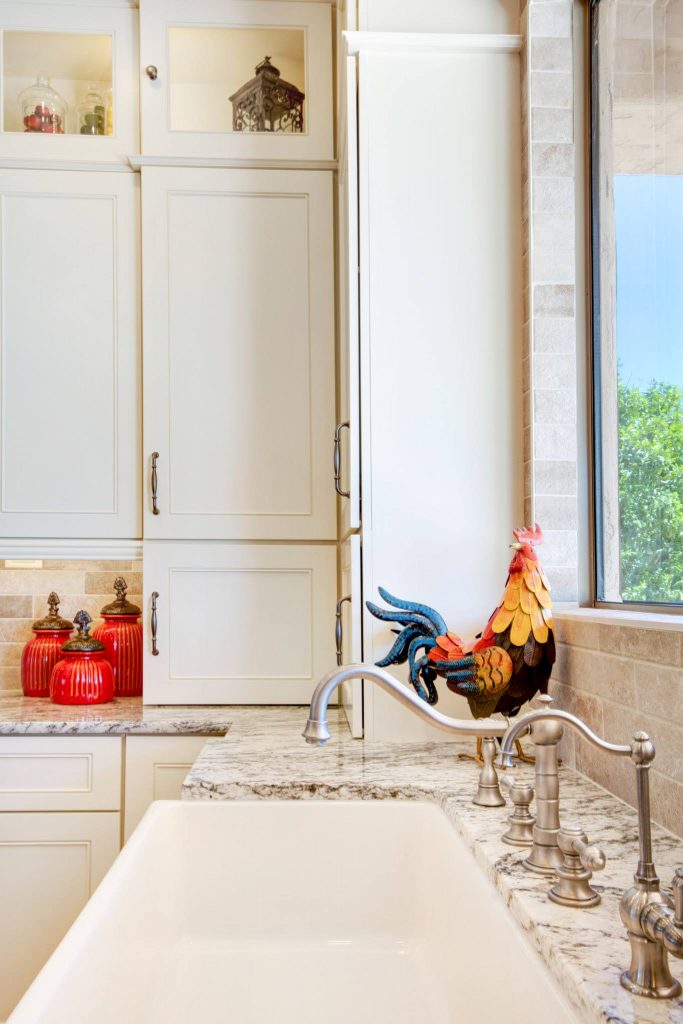Home remodeling season is in full swing as we head into the later months of the year and
prepare for winter. However, a new kitchen or bathroom does not appear overnight, and there is
a serious amount of planning that should go into your renovation blueprints. With shows like
Property Brothers making renovation look like a cakewalk, there are necessary precautions that
should be taken prior to the start of your project that they don’t always show on television.
Check out these four tips you should keep in mind before you begin your remodeling work.
1. Have A Set Plan
It is important to figure out what you would like your remodeled space to look like before
you begin. Whether it is paint color, carpeting, or appliances, having a solidified vision in
mind is vital. Do not try to take on too much work at once, as remodeling projects
typically take longer than expected and a rushed project will end up being botched.
Celebrate small victories and make sure to always take a step back and look at the big
picture. By taking the time to plan your remodel and focus on one task at a time, the
completed project should be everything you expected it to be.
2. Understand The Risks
Home remodeling is a rewarding learning experience when done by yourself, but what
you may not realize is the potential threat remodeling can have on your health. Prior to
1980, a large majority of homes were built with Asbestos-Containing Materials (ACM).
These materials were used during construction in in products including insulation, roof
shingles, and flooring. If you live in an older home and your remodeling project involves
going through walls or replacing insulation, having a home inspection done is a top
priority. When asbestos becomes disturbed, the fibers can become airborne and enter
the body through inhalation or ingestion, then becoming lodged in the lining of internal
organs. Exposure to the toxin could potentially lead to tumors and a variety of cancers,
ranging from mesothelioma to lung cancer, over the course of 10 to 50 years. Avoiding
exposure to the toxin is vital, as the average life expectancy for a mesothelioma patient
is 6-12 months.
Along with asbestos, another health threat associated with remodeling is the presence of
lead. Although the use of lead in household paint products was banned in 1978, it was
used in many older homes. If you are going to be sanding or repainting walls, be weary
of the paint that is already covering them. If this paint begins to deteriorate, toxic lead
dust can enter the air and be inhaled. Lead has been linked to both short- and long-term
health problems, ranging from throat irritation to memory loss. It is especially important
to keep children out of remodeling areas, as lead dust has more serious effects on their
developmental growth.
3. Determine A Budget
Understanding how much you can afford to put into a remodeling project is arguably
more important than the physical labor. So many projects go uncompleted due to lack of
funds, and once the money runs out, motivation is lost, which could put the project on
the backburner for a long time. While having everything you desire in your completed
project would be ideal, it is oftentimes not possible. Prior to construction, figure out what
is most important to you and, if your funds allow, splurge on a couple of things on your
wishlist. For other minor aspects of your remodeling efforts, finding cheaper alternatives
is a great way to cut costs. Whether it be laminate flooring or faux granite countertops,
the alternatives that cost less sometimes look better than the real deal.
4. Consult With A Professional
If at any point you feel like the project is too big of a commitment, consult with a trained
professional. Someone who knows the ins and outs of the home renovation business will
be able to help you with your plan, and most likely improve upon it. In many situations,
hiring a professional may even cost the same amount as it would for you to do the work
yourself if you set a reasonable budget. Not to mention, hiring a professional will save a
substantial amount of time, ensure less mistakes are made and guarantee the finished product is something you’ll be eager to show off to
your friends.
Get Started
You have devised a plan, had your home tested, and figured out a suitable budget. All that is left
now is for the work to begin! Follow your plan and budget closely, and if changes need to be
made, adjust accordingly.



